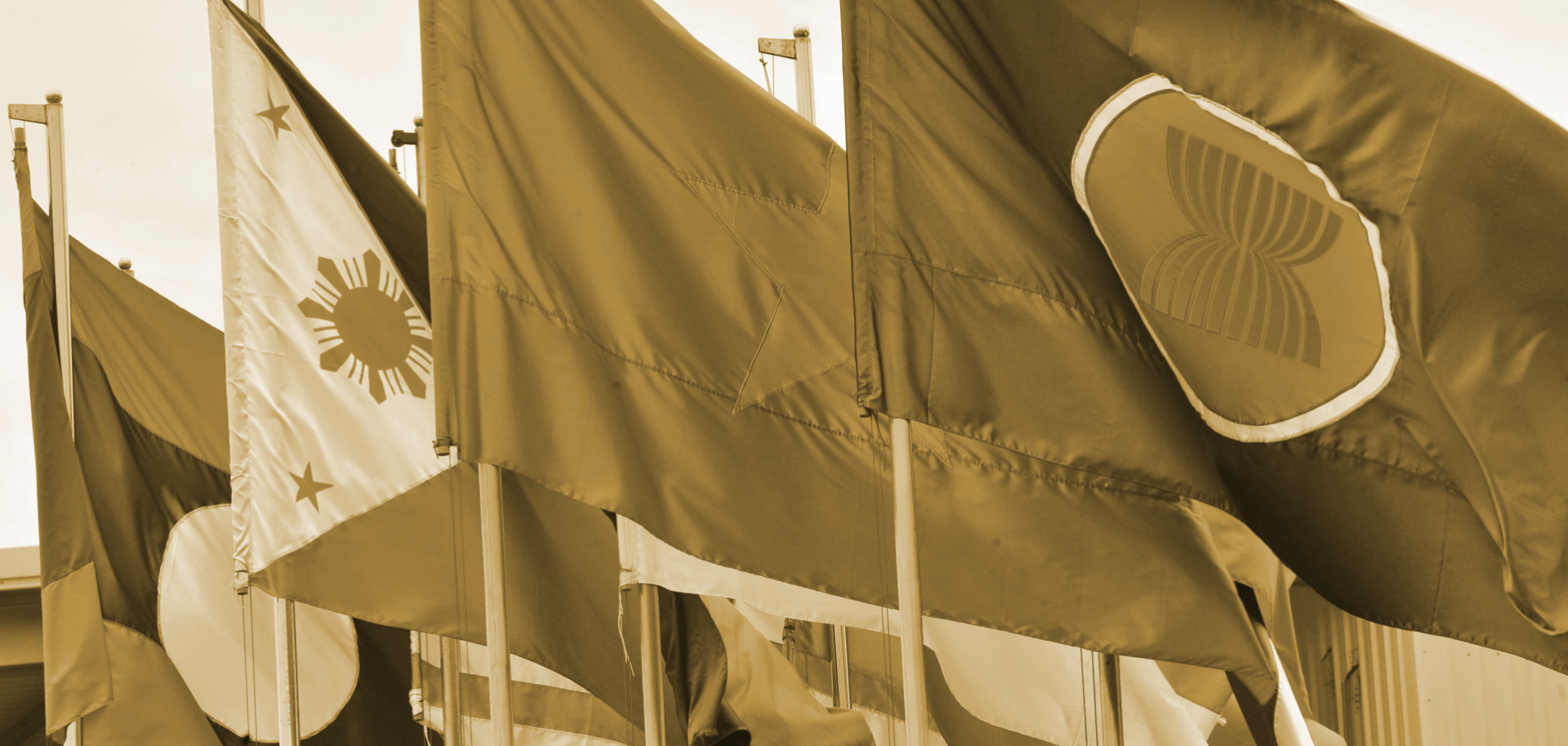The Association of Southeast Asian Nations (ASEAN) is a loosely aligned bloc that seeks to channel the often-divergent trade interests of its 10 member states. This is challenging: After all, the concept of a "Southeast Asia" stretching between India and China failed to gain widespread acceptance until World War II, and the region is still defined by its deep geographic and economic divisions. In terms of trade policy, ASEAN's history has been relatively short. Although the association was founded in 1967 with the Bangkok Declaration, it did not begin to prioritize a trade agenda until the late 1990s when it shed the baggage of the Cold War and its four final members joined (Cambodia, Laos, Myanmar and Vietnam). Given that its members share a history of foreign domination, ASEAN's operating principles emphasize sovereignty, consensus and non-coercion -- which limits the bloc's capacity to strike deep, meaningful trade deals....

